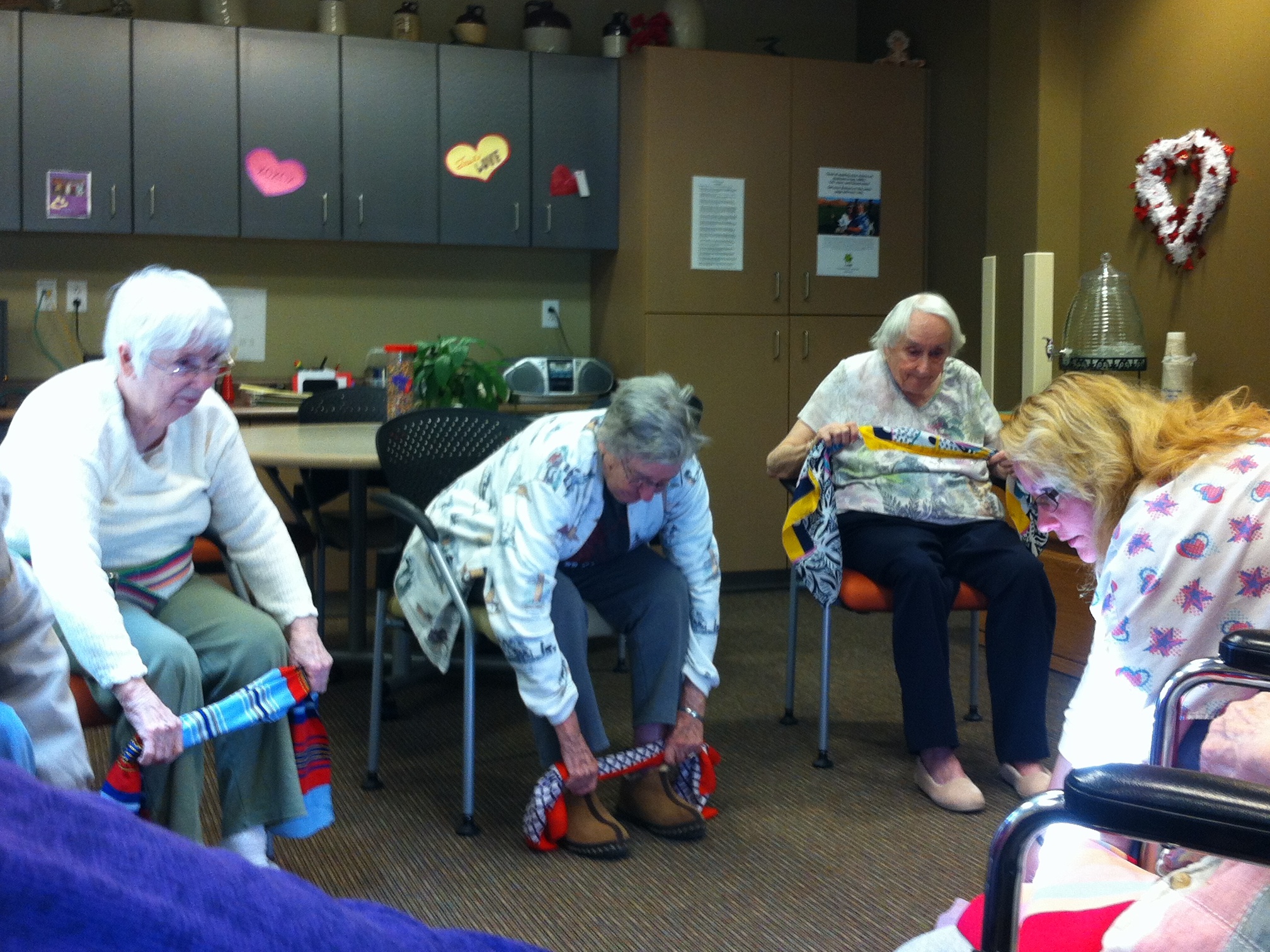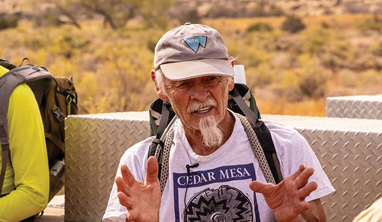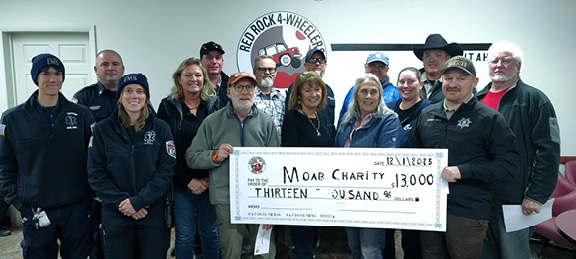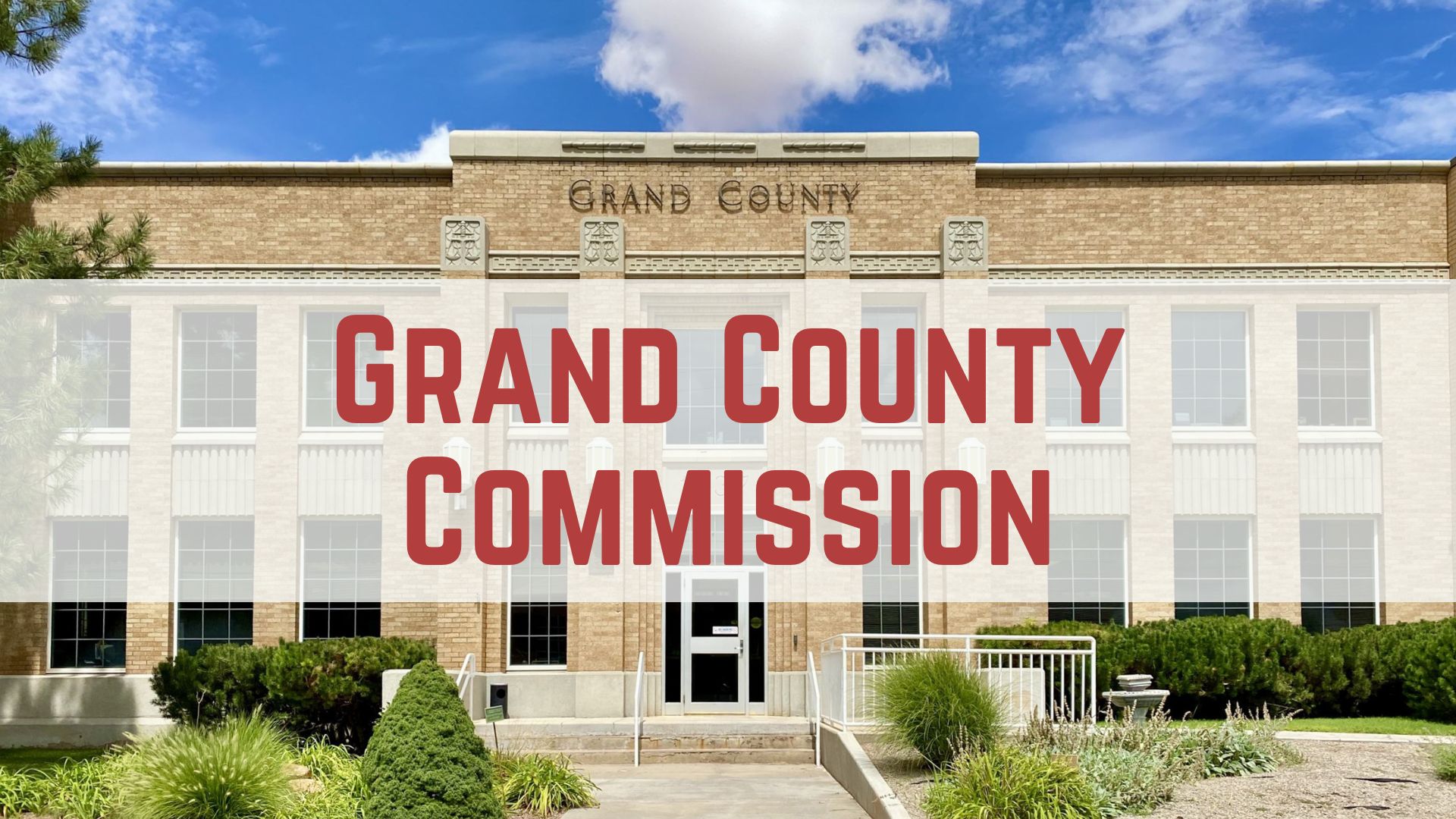Some information may be outdated.
The Grand County Council was asked to begin the process for a .5 percent sales tax that would subsidize the Canyonlands Care Center, an extended care center that is managed by the Canyonlands Health Care Special Service District.
Canyonlands Care Center is a 36-bed facility that is losing more than $15,000 a month at full capacity, and more than an additional $5000 a month per empty bed. As of Dec. 31, the care facility had an operational debt of $604,587. It also has two Community Impact Board bonds for construction of the care center: One bond balance is at $1.9 million and the other at $2.7 million, for a combined $4.6 million debt.
The care center’s administrator Roy Barraclough, health care district board member Joey Allred and city councilwoman Kirstin Peterson, who also sits on the district board, presented their plea at the Tuesday, Feb. 19 county council meeting.
The council asked if all other options to subsidize the care center have been explored.
“The task force is looking at any and all options,” Allred said.
Peterson said that moving forward with the process to put the rural health tax on the primary ballot was the most “prudent” move.
“We feel it is important to us to pursue all the options, not knowing what is the best solution,” Peterson said. “It is very timely that we have conversation with the county council and move forward to having this election. A special election in June may be our only option. An election in November may be too late.”
Council chair Gene Ciarus said that there are considerations that may prevent the rural health tax option, including the legality of the county enacting a sales tax and sharing it with the health care district.
“We may need a petition to do it,” Ciarus said. “Or a super majority vote by the council to put it on the ballot.”
If the council is able to put the rural health tax on the ballot, voters would have to approve the tax by a two-thirds vote in order for it to be implemented.
He also said that he has not received information other options from the task force other than the tax.
“Taxpayers will want to know the possibilities before they vote on it,” Ciarus said.
Councilman Lynn Jackson echoed his sentiments.
“What doesn’t work is ‘we need a tax to fix this, trust us,’”, Jackson said. “All options need to be out there and openly discussed. If the voters are convinced all options have been looked at and nothing else can be done, then it is appropriate.”
County clerk Diana Carroll said that in order to have the rural health tax on the June ballot, it would need to be approved by the council before April 10 in order to provide a 75-day lead time.
“That is why we are here now, so we can plan accordingly and have enough process and input so you can feel confident to have a vote,” Peterson said.
The care center’s task force met Thursday, Feb. 21 and appeared to have more questions than answers.
“We’re still not sure if we can do the tax,” said Mayor Dave Sakrison said.
The task force discussed the possibility of having a company manage the operations of the care center, such as Community Nursing Services, which made a presentation at their last meeting. One of the areas the company said where costs could be reduced is in staffing.
“They assumed we were paying more than we needed to,” Peterson said.
Barraclough and Canyonlands Care Center’s accountant Tom Lacy stated that the care center is considered a government-run entity, health and retirement benefits are higher than what was originally projected when using the same model as Moab Regional Hospital.
“We can’t opt out,” Barraclough said in an earlier interview. “Canyonlands Health Care Special Service District is the employer, a government entity, thus it has to participate in the state retirement program.”
The state required the care center to put 13 percent of an employee’s salary into a retirement program. As of July 1, the care center was required to increase the retirement benefit to 16 percent.
If the care center used the same retirement program provided by the hospital, rather than participating in the state retirement system as now required, the care center would save $15,000 a month.
The task force was unsure whether a management company could pay less in benefits if the health care district still owned the facility and owed a debt of $4.6 million in two bonds to the Community Impact Board.
“It’s such a marginal operation,” said Bob Jones, a board member of the Moab Valley Health Care, which runs Moab Regional Hospital. “A company coming in and taking over mortgage payments and operations, they would need a tax write off.”
Peterson said Community Nursing Solutions also discussed increasing revenue by pursing skilled nursing beds, which provides rehabilitative services.
“It was not intended to handle that type of patient,” Barraclough said.
When Moab Regional Hospital and the care center were built, it was decided that the hospital would keep the skilled nursing patients, which generates a higher reimbursement from Medicare than lower rate of reimbursement by Medicaid for the extended care beds.
Jones said that the hospital can collect more on skilled nursing than the care center would be able to for the same services.
“The reimbursement to a hospital is higher than the reimbursement is to a care center,” Jones said in an interview after the task force meeting. He didn’t have exact figures but he said, “I know it’s more.”
Jones said he met with Moab Regional Hospital’s chief financial officer Craig Daniel to determine how transferring skilled nursing to the care center would affect the hospital’s finances.
“We’d lose some, but not much. I think the dollars would help them more than it would hurt us.” Jones said. “If skilled nursing helps the care center be a more viable business, then bless them. The hospital board cares tremendously about the care center making it.”
The majority of the operational debt the care center owes is to Moab Regional Hospital. The care center owes Grand County for $164,895 for paying the care center’s payroll in September 2011. The remaining $439,692 is a debt to Moab Regional Hospital for services such as meals, laundry, and utilities.
County councilman Ken Ballantyne, who also sits on the health care district board, said that the board will be able to make their bond payments on April 1.
The one payment is $178,425; the other is $175,200. The district will be able to pay these bonds with mineral lease money received by the state of Utah and allocated by the Grand County Council.
“Paying the debt service is the most important thing the district can do,” Ballantyne said. “The operations will somehow find a way to make the hospital debt payment.”
In November the Grand County Council allocated $195,000 and the Moab City Council allocated $82,000 to the health care district in order to pay a $277,000 “seed” payment to the State Department of Health on behalf of Moab Regional Hospital.
Due to the “seed” money provided by the county and city, Moab Regional Hospital was able to receive $856,000 in compensation for care to low-income patients through Medicaid’s Disproportionate Share (DSH) payment program.
Appreciate the coverage? Help keep local news alive.
Chip in to support the Moab Sun News.





